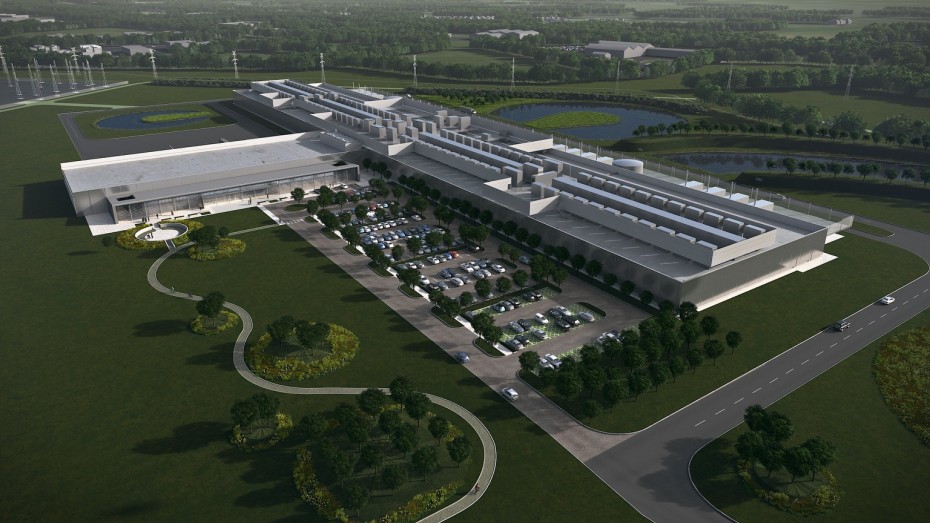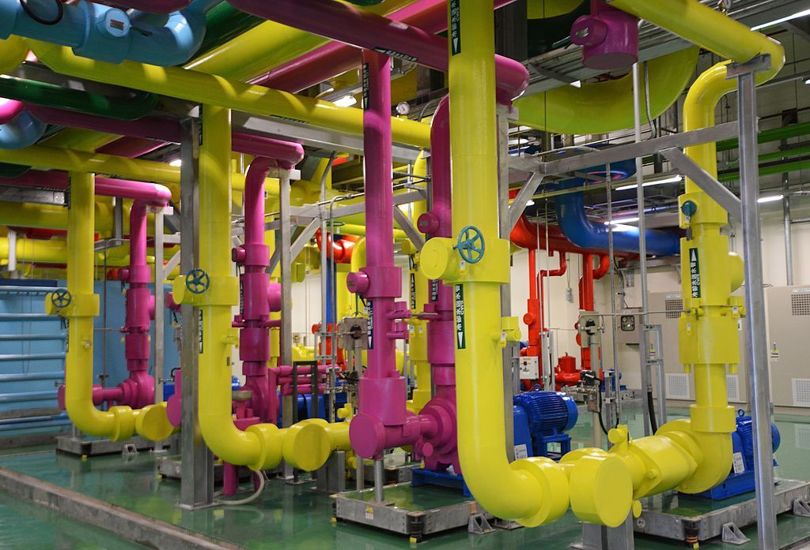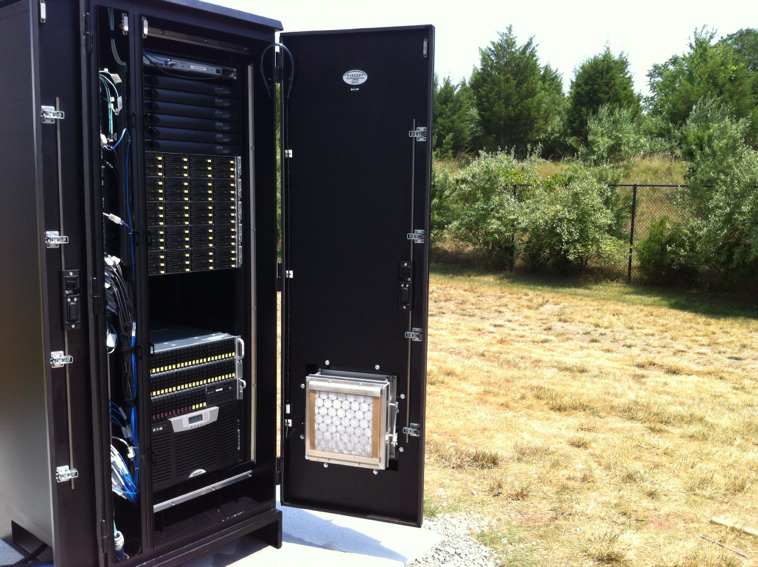Several new products in the world of data centers: will they become the norm?

The field of telecommunications is developing very quickly. Literally every week there are new developments, some of which quickly become the standard. This year there were several interesting new products that have not yet become the standard, but perhaps this will happen soon. Among the developers of new technologies are Google, Microsoft and other giants of the telecommunications market. There are solutions of smaller players, no less interesting.
Microsoft's Project Natick

At the very beginning of this, Microsoft introduced a prototype of a cloud data center, which should be located not under land, but under water. The project was named Microsoft's Project Natick.
')
The company decided to put the equipment under water in order to get free cooling. According to the authors of the technique, cold water should cool the servers, so energy will not be spent on it. Moreover, energy is planned to receive due to the movement of the waves.
The prototype has already been tested - it is a steel capsule with a diameter of 2.4 m. The test duration is 105 days. Results, according to company representatives are almost perfect. During one of the tests, the module with the equipment processed the data of the Microsoft Azure service.
Directly modulated laser on a silicon substrate

This technology is still at a very early stage of development. At the beginning of this year, a group of scientists from the University of Cardiff and Sheffield managed to create a laser on a silicon substrate. Such a laser emits at a wavelength of 1300 to us and can work for a long time: 100 thousand hours at temperatures up to 120 ° C.
According to some experts, this technology allows you to combine electronics with photonics. Lasers with direct modulation on a silicon substrate provide a huge data transfer rate in electronic systems with a simultaneous decrease in energy costs. Such lasers, for example, can be integrated with waveguides and control electronics.
The project, in which the work is underway to combine electronics and photonics, is called DIMENSION (Directly Modulated Lasers on Silicon). It is attended by representatives of several European countries and various companies. According to the project participants, the implementation of technology on an industrial scale will allow the creation of a new generation of data centers.
Cooling without cost

Another example of a data center cooling system where nature plays the role of a cooling system. Or rather, the cool air of Ireland. Clone, Ireland, has a Facebook data center. In this data center, it is planned to use ordinary air for cooling equipment. The climate here is very cool, the ocean is close by, and all this contributes to low temperatures. True, there is one problem - before you let cool air into the cooling system, you need to clean it from drops of salt water. If this is not done, the entire system will corrode very quickly.
DC is located 15 kilometers from Dublin. This is the second European data center of the company. Another interesting point is that all the equipment and the DC itself, in which it is located, is designed from scratch. Facebook is actively promoting its Open Compute Project, and this DC is fully consistent with the concept of OCP. So far, the data center is still being completed, it will reach its full capacity no earlier than 2017.
Artificial Intelligence in Google data centers

AI from DeepMind (the so-called weak form of AI), Google experts taught us how to monitor server equipment and infrastructure elements (for example, cooling systems). For control, 120 different parameters of the data center were allocated, including control of air conditioners, closing or opening windows, fan speed, etc.
Control algorithms were developed after a detailed analysis of information on the work of the company's data centers over five years. Based on the data obtained, it was possible to create an effective predictive model of energy consumption by the data center. The main criterion here is the number of servers and other equipment involved at different times. The AI “fed” data such as equipment temperature, pump speed, cooling equipment activity, amount of energy used, etc.
“People usually use a variety of physical functional elements to establish control over the data center. The work of a team of people is more or less well-coordinated, but at the same time, people-employees lose sight of many important factors, ”says a representative of DeepMind. And AI can take into account the vast majority of important factors in their work. Due to this, we managed to achieve a 40% reduction in energy use in data center cooling systems.
Micro data centers

The idea of creating small unified DCs is not new. But now it is becoming increasingly recognized, and micro data centers are spreading around the world. Basically, such facilities are created to ensure the normal operation of the periphery of the network, including cities of the second and third levels. They are also used by companies that work closely with the “Internet of Things”.
Micro data centers are completely autonomous objects, and contain all the components that are common to their “big brothers”. These are computing equipment, telecommunications module, data storage, uninterruptible power systems, cooling systems, fire extinguishing system.
If desired, such a miniature data center can be customized to fit your needs. If necessary, several micro DCs can be put together, increasing the overall performance of the system. Micro data centers are unified, so each of them can serve as a module for a higher level system.
Among such solutions come across and super-compact. For example, Arnouse Digital Device Corp offers credit card-sized servers that fit into compact rack containers. These containers look like cases. The system was originally developed for the US Department of Defense.
Closed local cooling technology (Close Coupled Cooling, CCC)

Systems such as Close Coupled Cooling are designed for cooling equipment located in DC with high density. On average, DC power equipment density is less than 2-4 kW per rack. And for cooling such equipment, CRAC (Computer Room Air Condition) modules and cool air supplied to the space under the raised floor are enough.
CCC cooling systems can be located near heat-generating equipment. In this case, cooling systems are used, which are placed between the racks, in the racks themselves or above the racks. In addition, there is another option - you can use cabinets with heat exchangers built into the back door. Plus, when installing such systems, it is recommended to organize hot and cold corridors.
Close Coupled Cooling was previously used as a non-standard solution. Now, as the density of equipment in the DC increases, these systems are becoming more and more popular. They are no longer perceived as something unusual, but are gradually becoming the standard solution.
As a conclusion: the company continues to build data centers. This is done by both large and small market players. Some of the old data centers that no longer meet modern requirements are being modified and rebuilt. The number of data centers is increasing by 10% -15% annually. And in each such DC, something new is used. Perhaps the new items listed above will be used in a number of new data centers built by a company in the near future. All the prerequisites for this.
And of course, we have indicated only a fraction of what became known this year. Perhaps you think any technology that is not included in this material, promising? Let's discuss it in the comments.
Source: https://habr.com/ru/post/308598/
All Articles